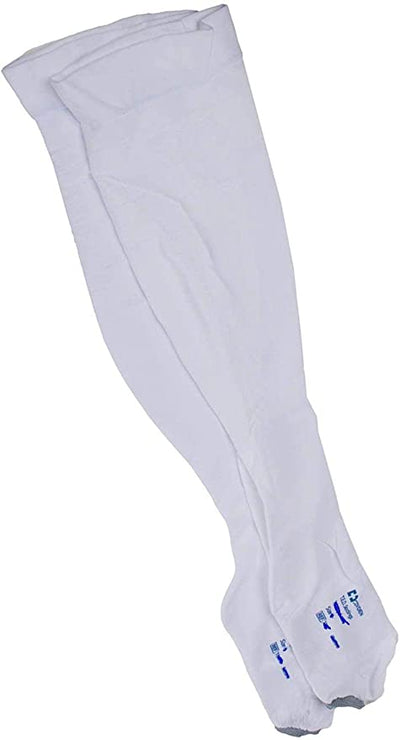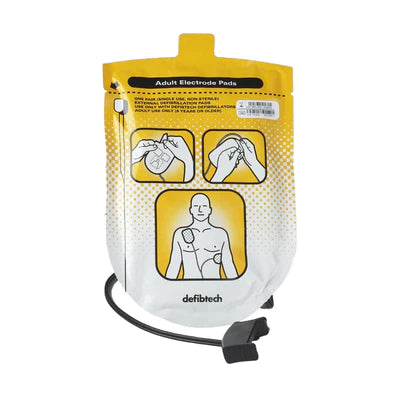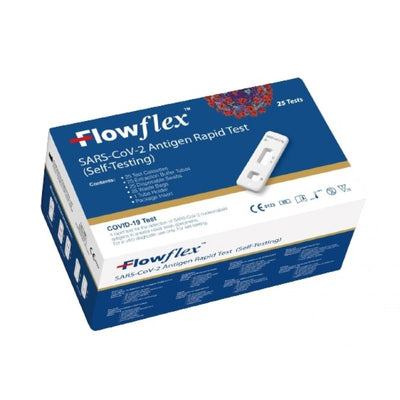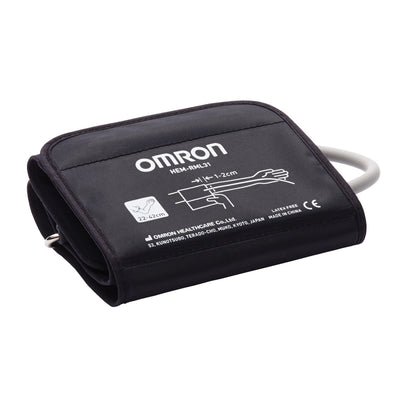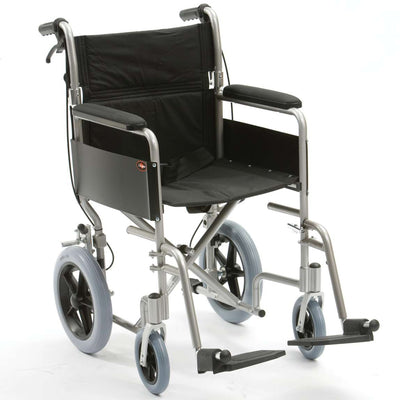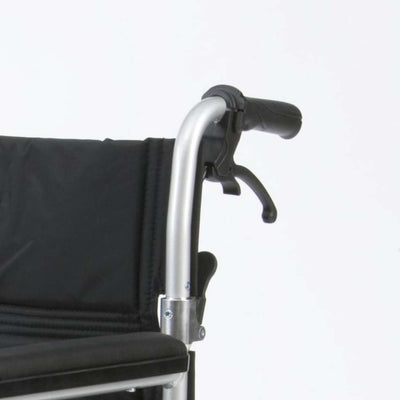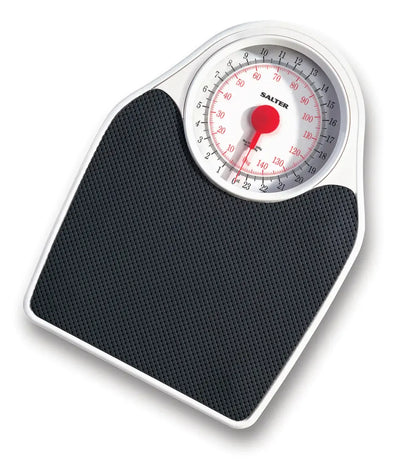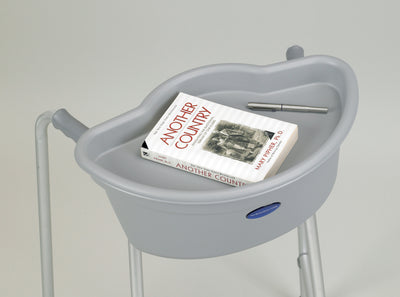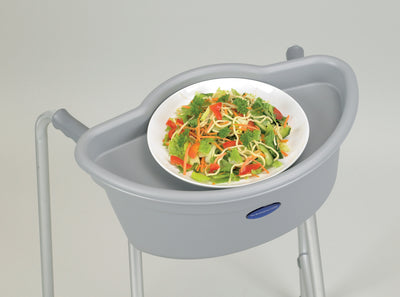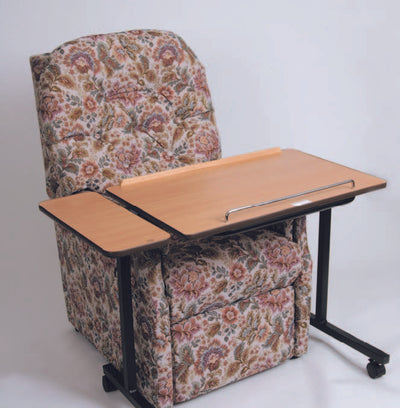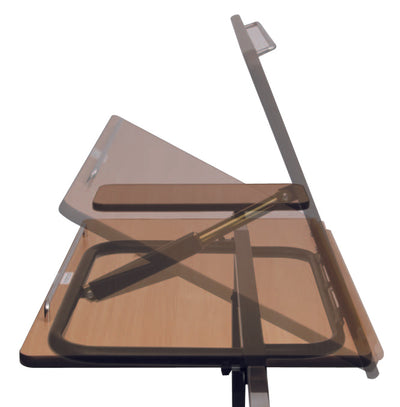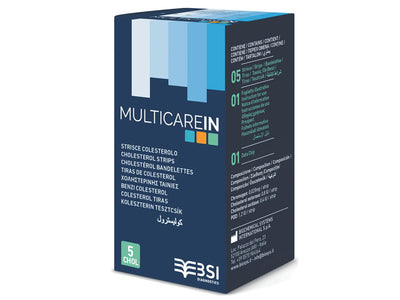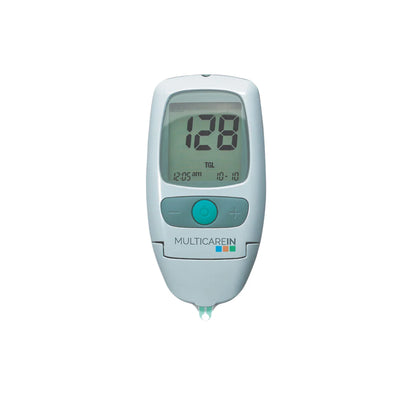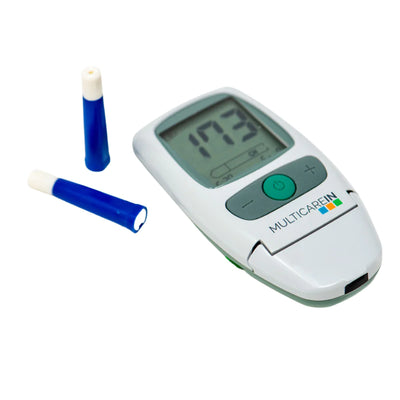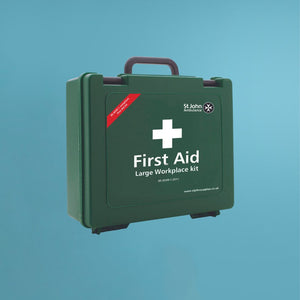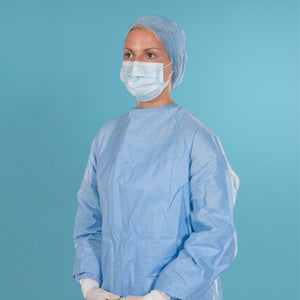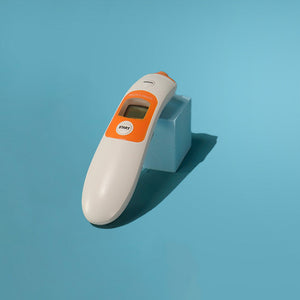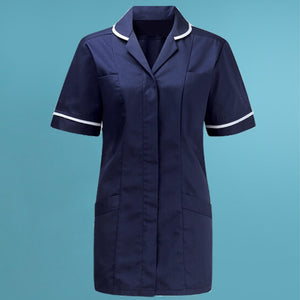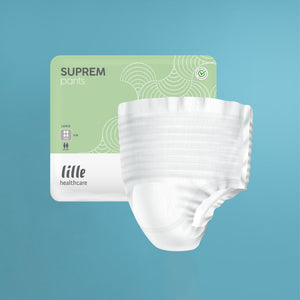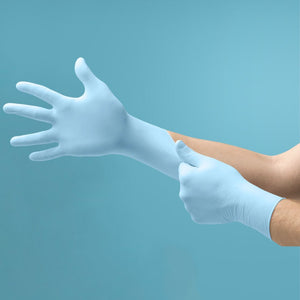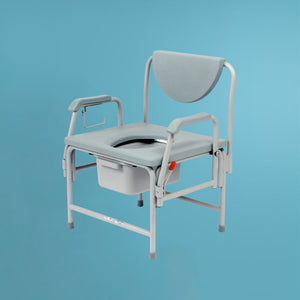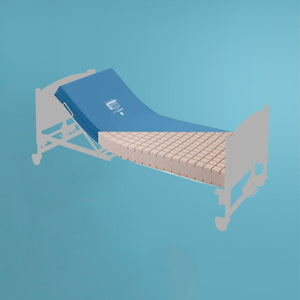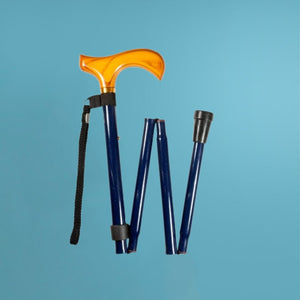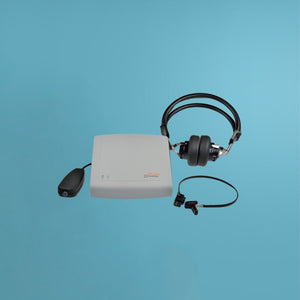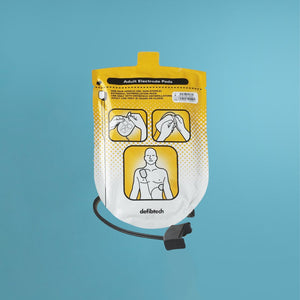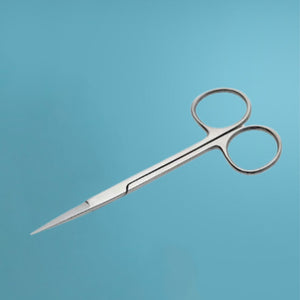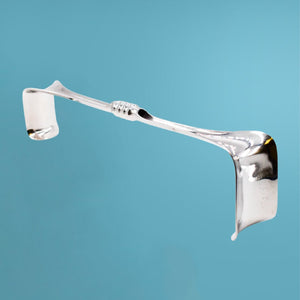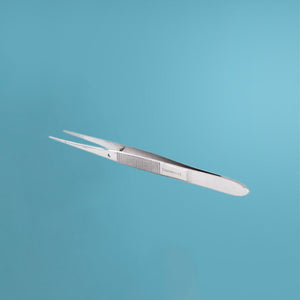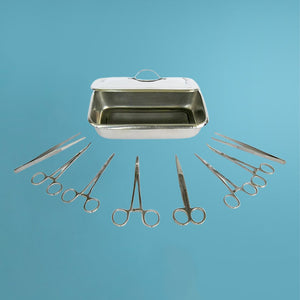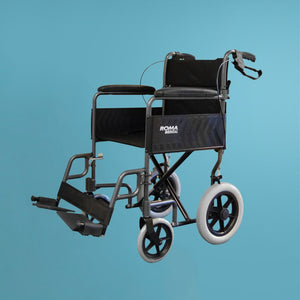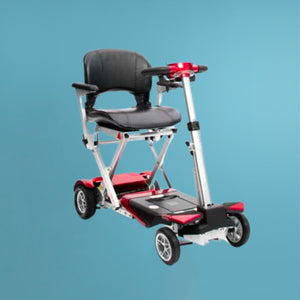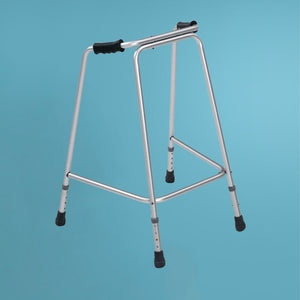Blogs
Breathe easier with the convenience of a nebuliser, your reliable companion for respiratory wellness.
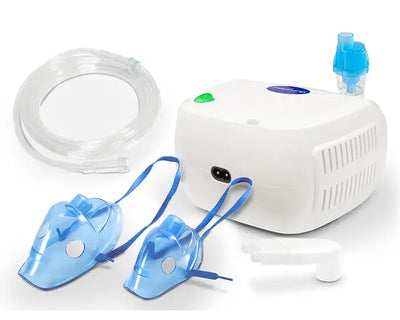
The Nebuliser Ultimate Guide
09.10.2023
Nebulisers have made significant progress in respiratory care. While appearing simple, these devices perform the invaluable task of converting liquid medicine into a fine mist, enabling direct delivery to the lungs. For patients grappling with respiratory challenges, this can make all the difference between strained breaths and relief.
In this article, we'll go over all you need to know about nebulisers, from their mechanics to their life-changing benefits.. Whether you're a healthcare professional seeking a refresher, a patient wanting to understand your treatment better, or simply a curious reader, this guide aims to clarify the role of nebulisers. Let's dive in.
How Nebulisers Help
Most people who need to use a nebuliser will suffer from a form of lung condition that constricts or inflames their airways and/or causes an excessive build-up of stubborn mucus.
For those people, the best way of delivering their medicine is to get it directly into the lungs, where it can work most quickly and effectively.
Nebulisers work by changing liquid medicine into a fine mist that you breathe directly into the lungs, where it can begin to do its job.
It helps to understand how nebulisers improve your breathing and delivers those vital medicines.
So, how do Nebulisers work?
Dilate the Airways
In conditions like asthma or COPD, the airways can narrow due to inflammation and muscle constriction. Nebulisers deliver bronchodilator medications (e.g., albuterol) that relax the muscles around the airways, allowing them to open up, increase the airflow, and allow the person to breathe more easily.
Reduce Inflammation
For airway inflammation, nebulisers can deliver anti-inflammatory medications (e.g., corticosteroids) directly to the lungs. These medications help reduce swelling and irritation in the airways, making breathing easier.
Clear Mucus Build Up
Respiratory conditions can produce excess mucus, blocking the airways and making breathing difficult. Nebulisers can help deliver medications known as mucolytics that break down and thin the mucus, making it easier to clear from the lungs.
Deliver Medication Deeply and Quickly
When inhaled through a nebuliser, medication breaks down into tiny droplets that can reach deep into the lungs — allowing the medication to target the affected areas of the respiratory system, providing faster and more effective relief than oral medications.
Medication delivered via nebuliser can respond quicker than oral medications, as they go directly to the source of the problem, which can be crucial during acute flare-ups of respiratory symptoms.
Who Can Benefit From Using a Nebuliser
This section delves into the wide range of respiratory conditions and situations requiring a nebuliser, from infants to the elderly.. Whether managing chronic respiratory conditions or addressing acute breathing challenges, understanding who needs a nebuliser offers a window into its pivotal role in healthcare.
Here are the types of people who might need to use a nebuliser:
Cystic Fibrosis: This genetic disorder affects mucus production and can lead to shortness of breath and other breathing-related symptoms. They use nebulisers to deliver fine mist medications that thin and loosen mucus in the lungs, making it easier to breathe and help alleviate other symptoms.
Bronchiectasis: People with bronchiectasis suffer from damaged and widened airways which lead to mucus build-up that’s difficult to clear. Nebulisers are used to deliver a saltwater solution which helps to reduce the thickness of phlegm, making it easier to cough out. Nebulisers can also be used to deliver antibiotics if a bacterial infection occurs.
Allergic Reactions or Anaphylaxis: Some allergic reactions can constrict your airways and make breathing difficult. Nebulisers can deliver bronchodilators in cases of severe allergic reactions or anaphylaxis in these cases.
Children with Respiratory Conditions: Nebulisers can be particularly useful for children with difficulty using inhalers properly, mainly if their lung condition is acute or in an emergency flare-up. Nebulisers deliver medication to infants and young children easily.
Chronic Obstructive Pulmonary Disease (COPD) and Asthma: People with COPD or asthma, including chronic bronchitis and emphysema, may use nebulisers to deliver bronchodilators and other medications that help open airways and reduce inflammation.
How to Use a Nebuliser
Your GP or consultant will talk you through using your nebuliser before using it, but here’s a general guide to refer to and get you started with your new equipment.
Wash Your Hands!
Always begin by washing your hands thoroughly to maintain good hygiene and prevent any possibility of contamination.
Prepare your Medication
Follow the prescribed instructions for the correct dosage of your given medicine.
If the medication comes in a vial, open the vial and pour the prescribed amount into the nebuliser cup. If it’s pre-filled, open the package.
Some medications may need to be mixed with a saline solution. If so, follow the instructions provided by your specialist or the medication’s packaging.
Assemble & Plug-In the Machine
Attach the nebuliser cup to the mouthpiece or mask.
Connect the tubing to the nebuliser cup and the compressor.
Connect the compressor to a power source.
Make sure you’re sitting comfortably upright before fitting the facemask and turning on the nebuliser.
The air will flow through the tubing and into the mask or mouthpiece.
If you’re using a mouthpiece, place it into your mouth and seal your lips around it.
Breathe Normally!
Stay seated upright and breathe normally through the mouthpiece or mask. Try not to concentrate too much on breathing - as funny as that may sound. Relax and forget about what you’re doing for the next few minutes.
Sit up and keep gently inhaling the medication until the mist stops. It usually takes 10-15 minutes to inhale all the liquid. It's done once the mist stops coming out and the nebuliser cup is empty!
Distract yourself by watching TV, reading a book or listening to music during your session.
Turn off the Nebuliser
Turn off the compressor once the nebuliser cup is empty or the treatment time is up. Make sure you unplug the machine from the wall.
Clean and Store the Machine
Make sure you take a few minutes to tidy up your equipment to keep it in good working order.
Disassemble the nebuliser cup, tubing, and mask/mouthpiece.
Wash these components with warm water and mild soap after each use.
Rinse thoroughly and let them air dry on a clean towel.
Follow the manufacturer’s instructions for maintenance and cleaning of the compressor.
Store all components in a clean, dry place.
Remember, you must use your nebuliser with the prescribed medicine and follow the specific instructions for use. If you need support buying and using a nebuliser for your condition, we’re here to help.
We’re always here to help, so get in touch today.
For all your Medical and Homecare supplies, give us a call at Mediworld.
We have over 40 years of experience in medical, surgical, mobility and home health supplies. We’re always on hand to chat if you need support or advice, and don’t forget to read our other great health blogs!
Learn More Now
